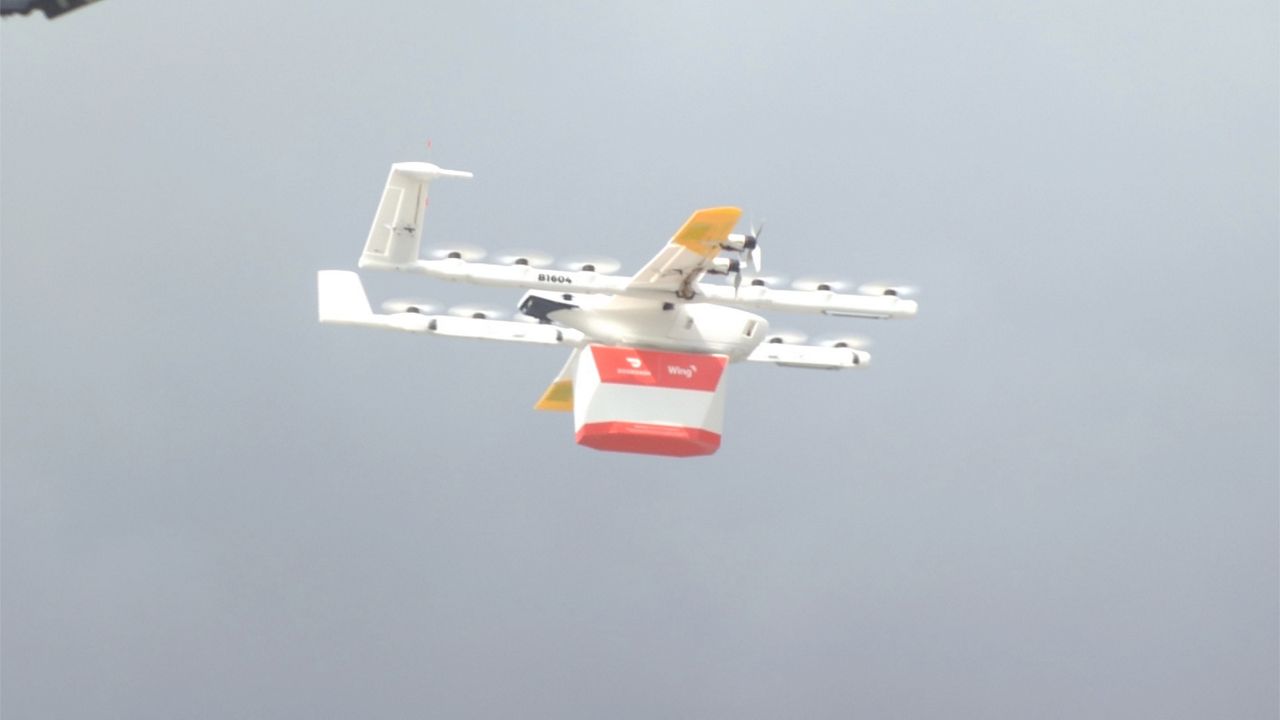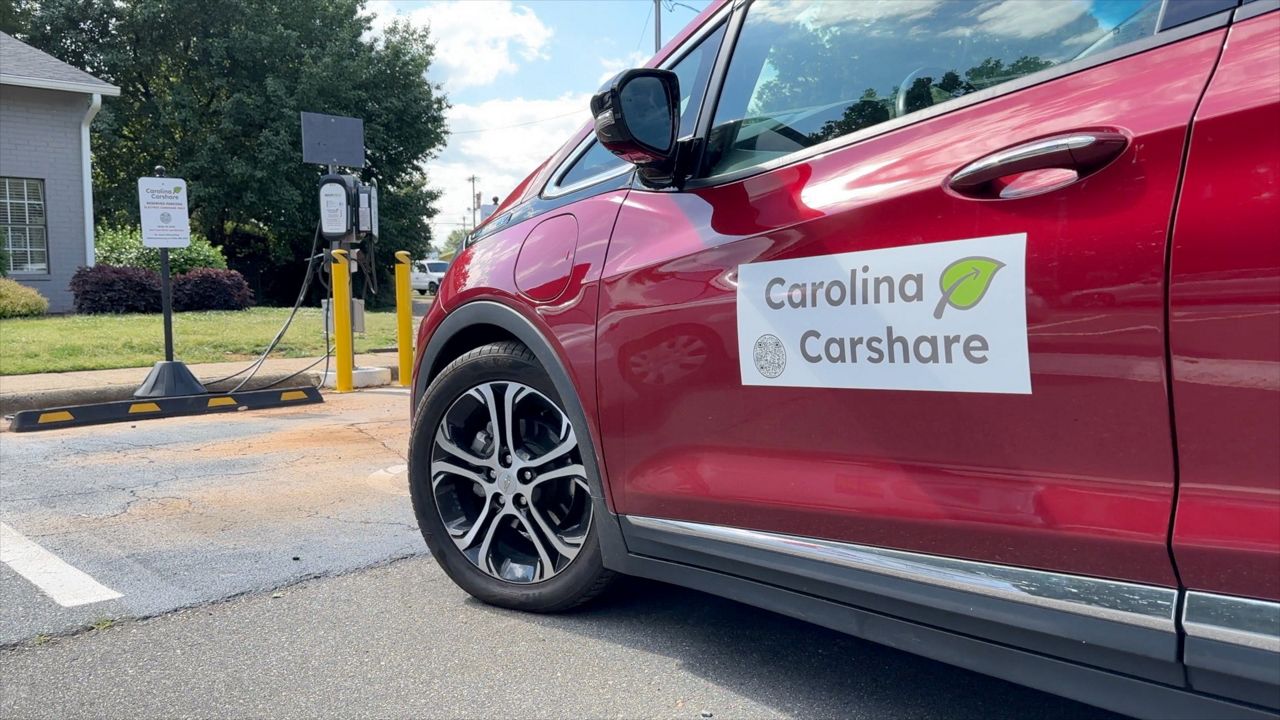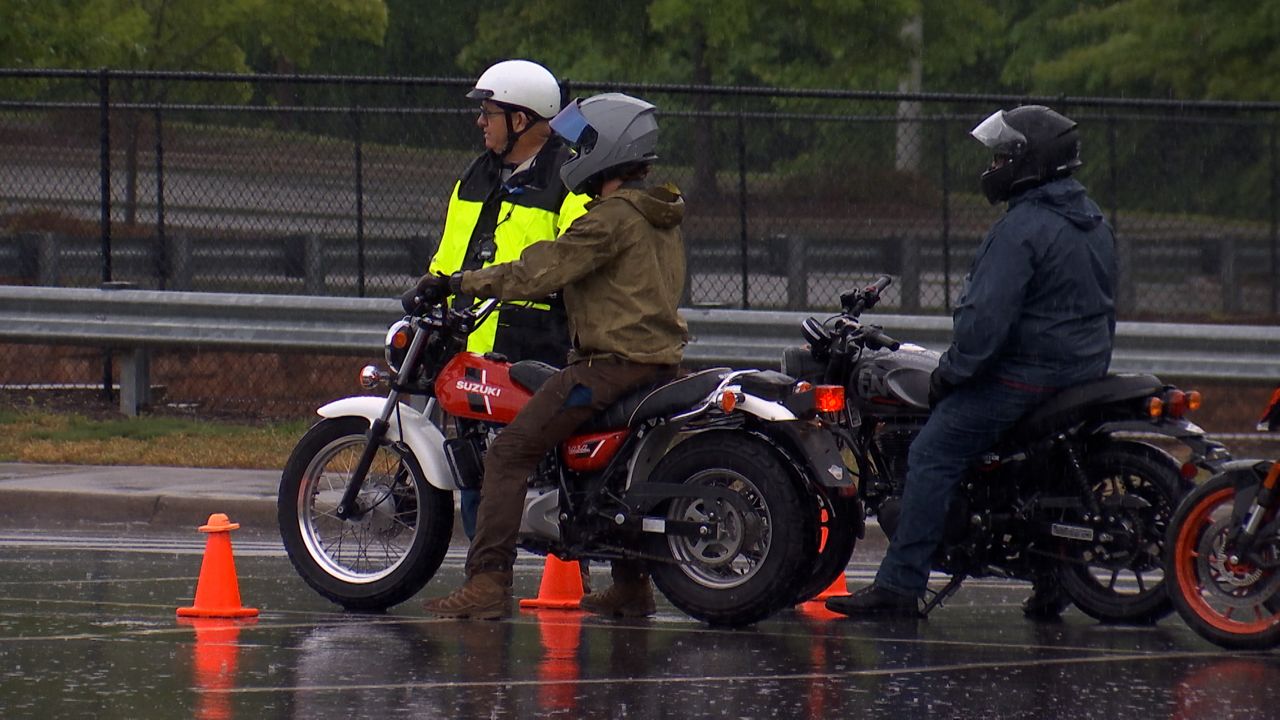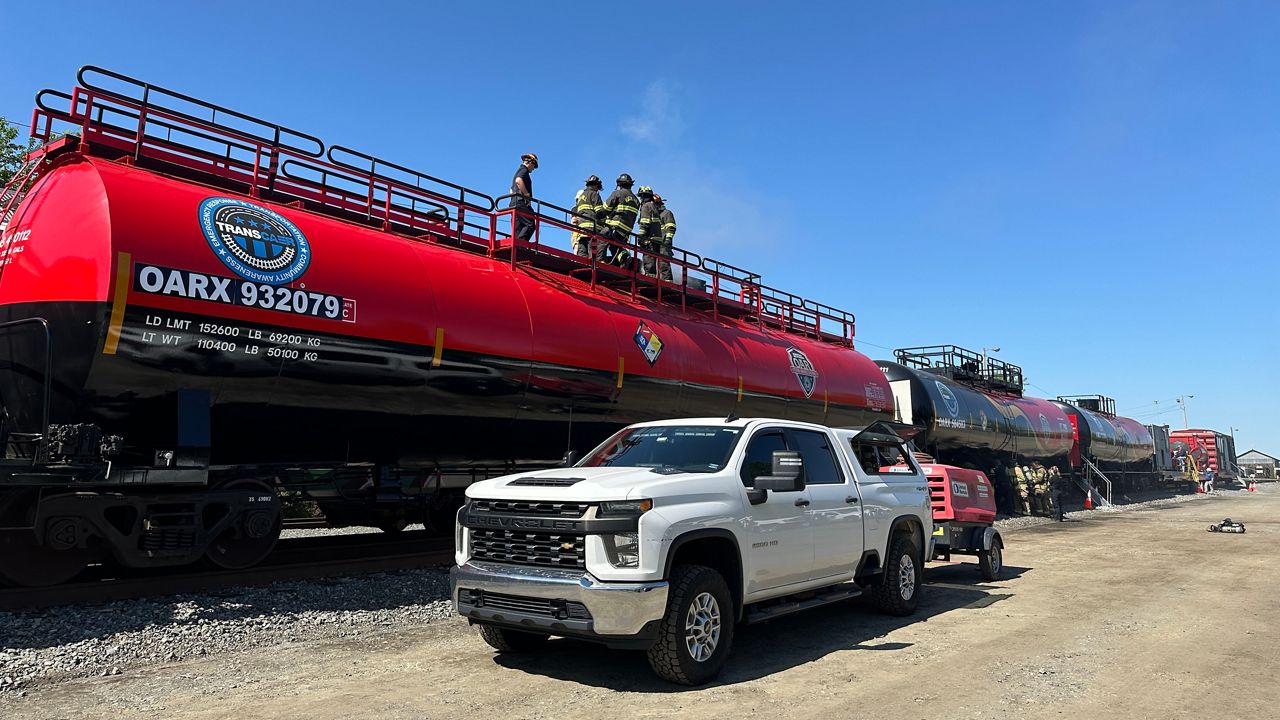GASTONIA, N.C. — Microtransit, a type of on-demand public transportation, continues to pop up in cities across North Carolina.
In July, the City of Gastonia replaced its entire bus fleet for this new door-to-door service.
The “GoGastonia” service, which is funded by federal and city dollars, allows people to book and pay for rides online, or by calling the number on the back of the van.
Drivers will pick them up and take them anywhere within city limits at the same cost as public transit, which is about two dollars each ride.
“The people were like ‘man we cannot believe the city did this.’ They’re so happy,” GoGastonia driver Charles Littlejohn said. “People are saving hundreds of dollars from taking Uber during the week, I mean people saving hundreds!”
Timothy Lineberger used to ride the bus to get to a doctor’s appointment or go to the grocery store.
“From where I stay at, I had to walk up the hill to the Harlem School of Technology, and that was like a 6- or 7-minute walk going up the hill with bad legs,” Lineberger said. “It’s incredible what I can do now. And I couldn’t come this far then, I can’t walk that far.”
Gastonia Director of Transportation Randi Gates said an aging bus fleet, low ridership and long wait times at bus stops led them to make the switch to microtransit. They’ve joined other North Carolina cities, such as Wilson and Morrisville.
Littlejohn admits there was hesitation among some riders initially. But, he said “GoGastonia” now services about 600 rides a day.
He called it the “the Amazon of transit.”
“It’s exhilarating because it’s constant moving,” Littlejohn said. “But it’s exciting to also be able to just know that you’re making a difference.”
Gates said public transit ridership is higher than July 2023.
The city currently has 14 minivans, four of which are wheelchair accessible. But, they’re already looking into getting more cars and drivers to keep up with demand.
Meanwhile, in other parts of North Carolina, the Charlotte Area Transit System and GoDurham plan to introduce microtransit as an option to its existing transit routes later this year or by 2025.









